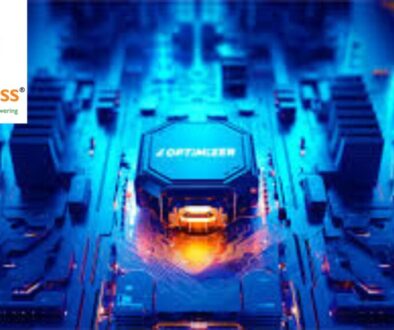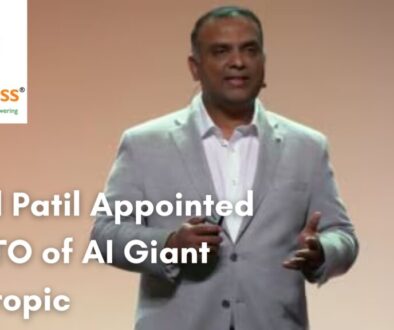Beyond Theory: How Bengaluru’s AI Traffic Model Is Factoring in Human Behavior
Traffic congestion has long been Bengaluru’s Achilles heel. With commuters losing over 117 hours annually to gridlock and taking more than 34 minutes to cover just 10 kilometers, the Silicon Valley of India desperately needed a solution that went beyond conventional traffic management. Enter the Bengaluru Adaptive Traffic Control System (BATCS), an AI-powered initiative that’s rewriting the rules by incorporating something previous systems ignored: human behavior.
The Human Element in Traffic Management
Traditional traffic systems operate on fixed timers and theoretical models, treating vehicles as predictable data points. But anyone who’s navigated Bengaluru’s streets knows the reality is far more complex. Drivers make split-second decisions, pedestrians cross unexpectedly, and traffic patterns shift based on weather, events, and even time of day. The new AI model acknowledges this unpredictability as a feature, not a bug.
Launched in 2024, BATCS dynamically adjusts traffic signals in real-time across 165 intersections, a significant upgrade from preset timers that couldn’t adapt to actual road conditions. Developed in collaboration with the Centre for Development of Advanced Computing (C-DAC), this system represents India’s most ambitious attempt at intelligent traffic management.
How the System Works
The technology behind BATCS combines machine learning algorithms with extensive real-world data collection. Unlike conventional systems that follow rigid schedules, this adaptive approach continuously monitors traffic density, vehicle movement patterns, and congestion levels. The AI then predicts potential bottlenecks and adjusts signal timings accordingly.
What makes this system truly revolutionary is its ability to learn from human behavior patterns. By analyzing months of traffic data, the AI understands that Friday evenings behave differently from Tuesday mornings, that certain intersections see unpredictable surges during school hours, and that weather conditions dramatically impact driver behavior.
Integration with ASTraM
The BATCS works in tandem with ASTraM (Actionable Intelligence for Sustainable Traffic Management), an AI-powered application that provides real-time insights and strategic solutions. This dual approach creates a comprehensive ecosystem where data flows seamlessly between predictive models and enforcement mechanisms.
The system doesn’t just manage traffic; it actively anticipates it. AI models predict congestion hotspots before they form and simulate how events or incidents might disrupt traffic flow, enabling proactive rather than reactive management.
Real-World Impact
Early implementation shows promising results. The system has begun reducing delays and enhancing travel times across covered intersections. More importantly, it’s demonstrating that traffic management must account for the human element—the spontaneous lane changes, the hesitant new drivers, the aggressive commuters who push yellow lights.
By embracing rather than ignoring these behavioral patterns, Bengaluru is pioneering a new paradigm in urban traffic management. The city isn’t just installing smarter signals; it’s creating an intelligent network that understands the chaotic, unpredictable, fundamentally human nature of city traffic.
As other Indian cities grapple with similar congestion crises, Bengaluru’s experiment with behavioral AI could provide a blueprint for the future of urban mobility. The question isn’t whether AI can manage traffic—it’s whether AI can understand the humans creating it. In Bengaluru, that answer is increasingly looking like yes.






